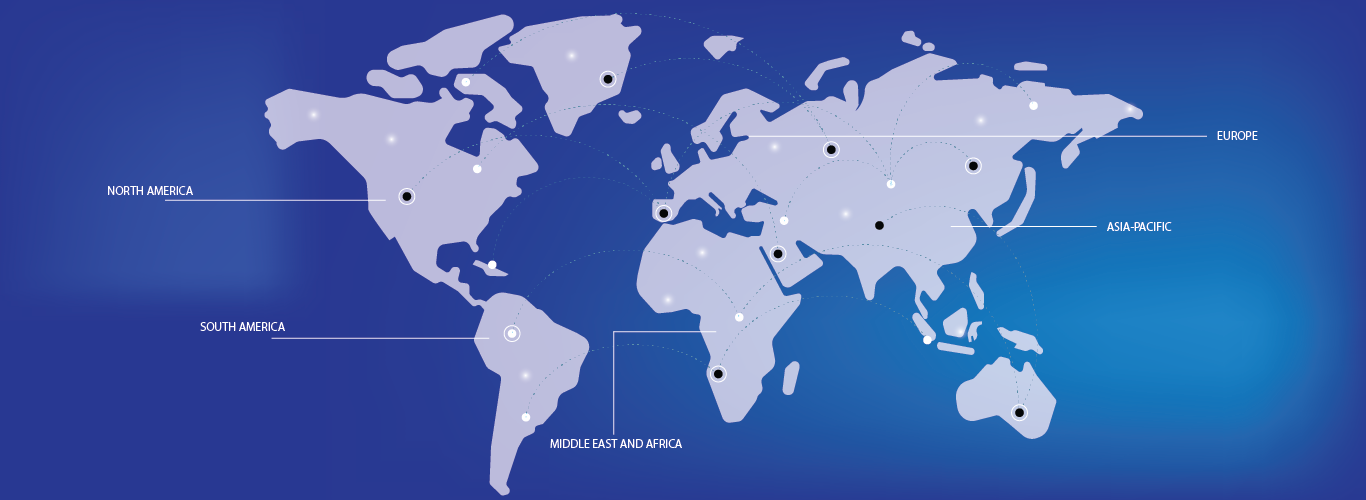- The automated external defibrillator market in Europe is growing rapidly as awareness of sudden cardiac arrests increases. For instance, many cities are now installing public access defibrillators in high-traffic areas.
- Technological advancements have made defibrillators more efficient and user-friendly. These improvements have encouraged wider adoption in locations such as airports, schools, and sports venues
- The U.K. is expected to dominate the market with a market share of 6.9%, supported by a well-established healthcare infrastructure that enables widespread AED deployment and utilization
- Germany’s is expected to be the fastest growing country, supported by multiple key factor including substantial government healthcare spending, a robust healthcare infrastructure, and a growing elderly population at elevated risk for cardiovascular conditions
- The hospital segment is expected to dominate the market with the largest share of 26.06% in 2025 due to the increasing adoption of AEDs in medical facilities for rapid response to cardiac emergencies. Hospitals are prioritizing patient safety by equipping their premises with these life-saving devices across various departments, including emergency rooms, surgical areas, and intensive care units

Frequently Asked Questions
The countries covered in the Europe automated external defibrillator (AED) market are Germany, France, U.K., Netherlands, Switzerland, Belgium, Russia, Italy, Spain, Turkey, and rest of Europe.
The U.K. is expected to dominate the market with a market share of 6.9%, supported by a well-established healthcare infrastructure that enables widespread AED deployment and utilization.
Germany’s is expected to be the fastest growing country, supported by multiple key factor including substantial government healthcare spending, a robust healthcare infrastructure, and a growing elderly population at elevated risk for cardiovascular conditions.




